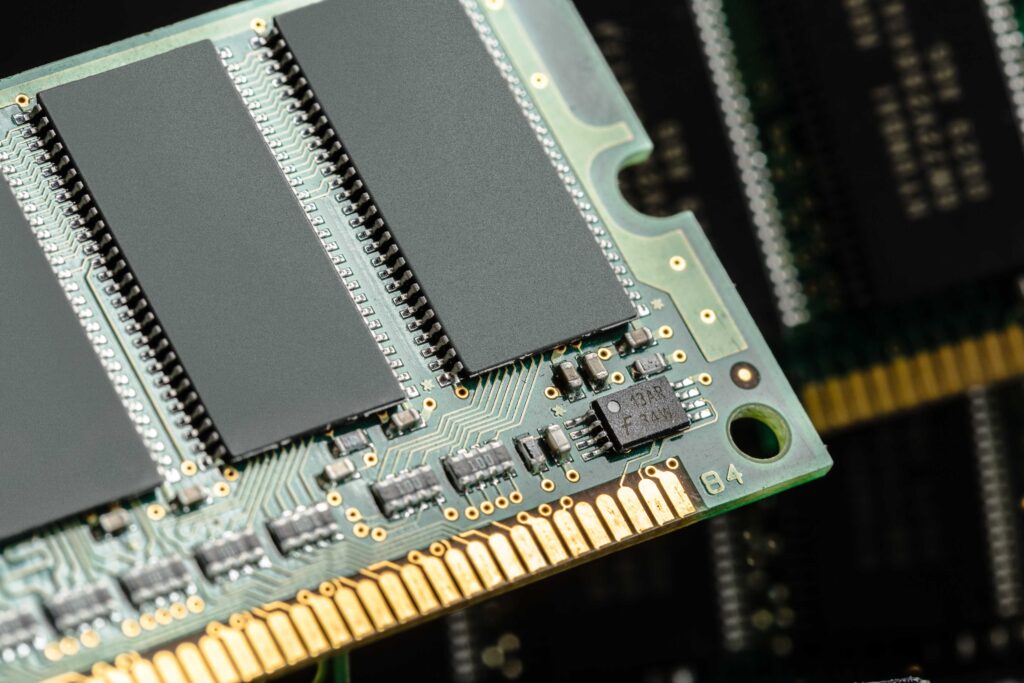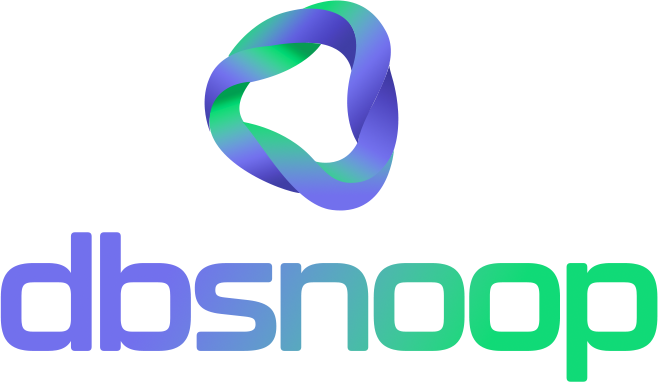
In the ever-evolving landscape of technology, the demand for speed and efficiency has led to significant innovations in data processing. One of the most impactful advancements in recent years is in-memory processing, a technique that leverages the speed of RAM to accelerate data access and computation. This approach is transforming how databases and applications handle large volumes of data, enabling unprecedented agility and performance.
What Is In-Memory Processing?
Traditionally, data processing involves reading and writing data to and from disk storage, which, despite advancements, remains a bottleneck due to its relatively slower speed compared to RAM. In-memory processing shifts this paradigm by storing data directly in the system’s main memory (RAM), allowing for much faster data retrieval and manipulation.
Key characteristics include:
- Speed: Accessing data in RAM is significantly faster than disk-based storage.
- Efficiency: Reduces latency in data processing tasks.
- Scalability: Facilitates handling large datasets with improved performance.
Benefits of In-Memory Processing
The adoption of in-memory processing offers several advantages:
- Accelerated Data Access
- Real-Time Analytics: Enables immediate analysis of data, crucial for applications requiring instant insights.
- Reduced Latency: Minimizes delays in data retrieval, enhancing user experience.
- Enhanced Application Performance
- Faster Transaction Processing: Improves the speed of transactional operations in databases.
- Efficient Resource Utilization: Optimizes the use of system resources, leading to better performance.
- Simplified Data Architecture
- Eliminates Complex Caching Layers: Reduces the need for additional caching mechanisms.
- Streamlined Data Management: Simplifies the architecture by consolidating data storage and processing.
Applications of In-Memory Processing
Various sectors are leveraging in-memory processing to boost performance:
- Financial Services: For high-frequency trading and risk management.
- E-commerce: To provide real-time recommendations and dynamic pricing.
- Telecommunications: For network optimization and real-time analytics.
In-Memory Databases
A significant development in this field is the emergence of in-memory databases. Unlike traditional databases that rely on disk storage, in-memory databases store data entirely in RAM. This design choice leads to substantial performance gains.
Examples include:
- SAP HANA: Combines in-memory storage with advanced analytics capabilities.
- Redis: An open-source, in-memory data structure store, used as a database, cache, and message broker.
- Apache Ignite: Provides in-memory data caching and processing capabilities.
Considerations and Challenges
While in-memory processing offers numerous benefits, it also presents certain challenges:
- Data Volatility: Since RAM is volatile, data persistence requires strategies to prevent data loss.
- Cost: RAM is more expensive than disk storage, which can increase infrastructure costs.
- Scalability Limits: The amount of data that can be stored in-memory is limited by the available RAM.
Flightdeck by dbsnoop: Your Co-Pilot for In-Memory Processing
Now, imagine having a tool that monitors, optimizes, and transforms data into strategic insights for in-memory systems. That’s exactly what dbsnoop’s Flightdeck offers. Here’s how it can help:
- Real-Time Monitoring: Track memory usage, latencies, and bottlenecks before they impact your operation.
- Intelligent Optimization: Flightdeck analyzes queries and suggests improvements to maximize RAM utilization.
- Resource Management: Plan memory consumption and distribute workloads efficiently.
- Preventive Alerts: Detect risks before they become issues, such as memory shortages or node failures.
- Powerful Reports: Showcase the impact of optimizations with detailed reports, justifying investments and strategic decisions.
Why Is Flightdeck a Strategic Ally?
In the race for performance and agility, having a co-pilot like Flightdeck is essential. It not only ensures that your in-memory system delivers on its promises but also helps control costs and prevent surprises.
If your company is investing in high-performance systems, dbsnoop’s Flightdeck is the tool that bridges cutting-edge technology with real results. After all, it’s not just about being fast—it’s about being strategic.


